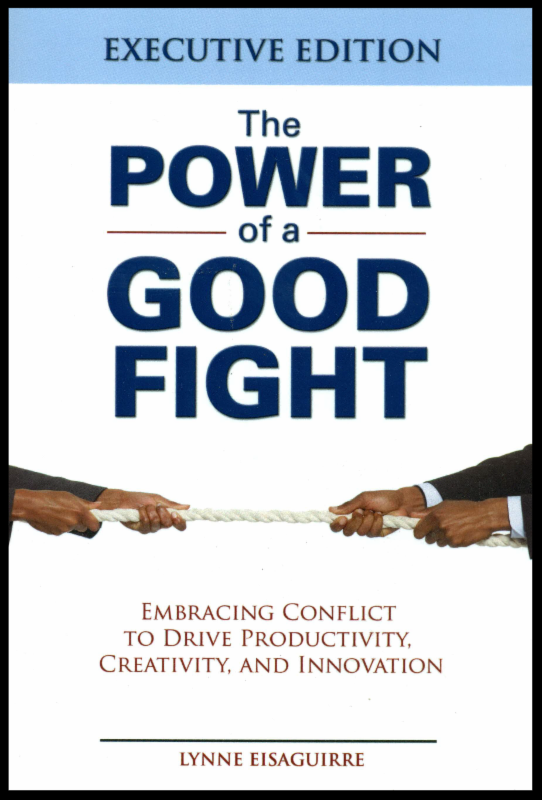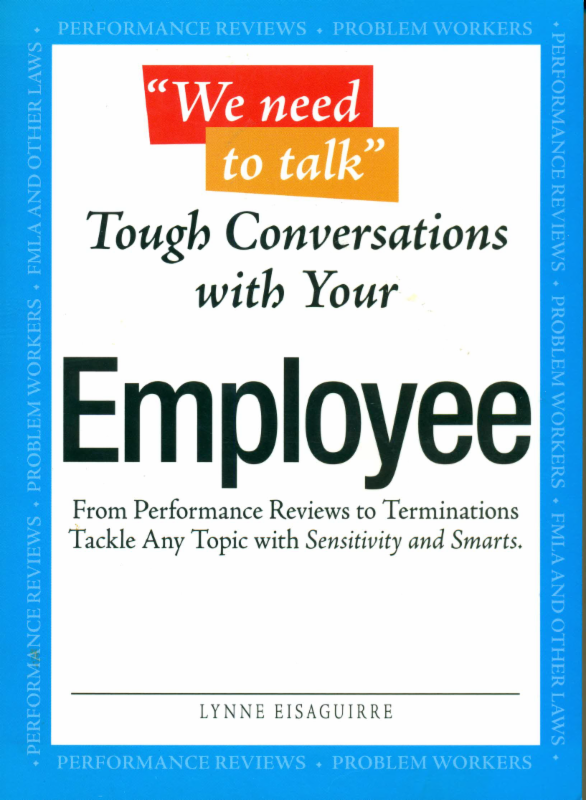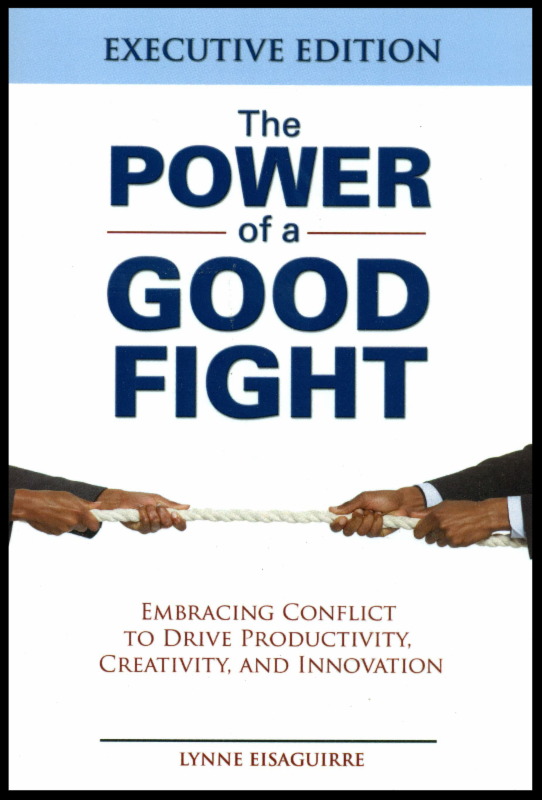I spoke this month at the Association of Workplace Investigators annual conference in San Francisco on Team Rebuilding After an Investigation and was surprised to learn that the most popular part of the presentation was about condescending and demeaning behavior.
I briefly mentioned that many leaders are sent to us for executive coaching after an investigation. The investigation determines that there is no harassment or discrimination, but that the leader was condescending and demeaning and needs coaching on that behavior. As an aside, I mentioned that I had written blog posts about this issue if anyone wanted a copy. These blog posts are entitled:
What is Condescending or Demeaning Behavior and Why You Should Care and Curing Condescension: Why Leaders Should Never Ask Why
Surprisingly, I was mobbed after the presentation and online with participants wanting copies of these pieces. Why is this such a popular topic?
First, I believe it’s because those who engage in this behavior have no idea that they are dishing out comments that make others feel belittled. Their speech patterns feel like normal behavior to them and they don’t realize it’s a bad habit.
Second, no one calls them on their behavior. As I have written, these comments can be hard to describe and challenging to address. Those on the receiving end back off for fear they will just receive another demeaning comment in response such as “What? You’re that sensitive?” or “What are you talking about? I just call them like I see them.”
Be aware that this kind of behavior is not just annoying, but, if allowed to continue, can cross the line into bullying and eventually, harassment. If you are in California, for example, there is a state statute on bullying, requiring training on the subject, although it does not allow for private lawsuits. The statute is defined as: conduct in the workplace, with malice, that a reasonable person would find hostile, offensive and unrelated to an employer’s legitimate business interests.

What Should You Do?
Name the game. Especially if you are a leader, you have a responsibility to protect your people from this behavior. Don’t pretend that you don’t know or recognize what someone is doing.
Be skillful in your approach. Of course, you can always leave copies of my articles on someone’s desk anonymously(!). However, a better approach (although more challenging) is to find a quiet moment to speak with the person in private. Say something like: “I’m sure you don’t mean to be condescending and demeaning but when you say …… it doesn’t help create the kind of workplace we want to encourage here, nor is it effective feedback. A better way to get your point across is ……”
Keep at it. This kind of speech is a habit. Remind the person that they are doing it again when it comes up. Change may take time.
 October 29, 2018
October 29, 2018














 Most of our clients these days spend time working on visions, values and missions. This is clearly a worthy exercise, yet the results are often disappointing.
Most of our clients these days spend time working on visions, values and missions. This is clearly a worthy exercise, yet the results are often disappointing.




